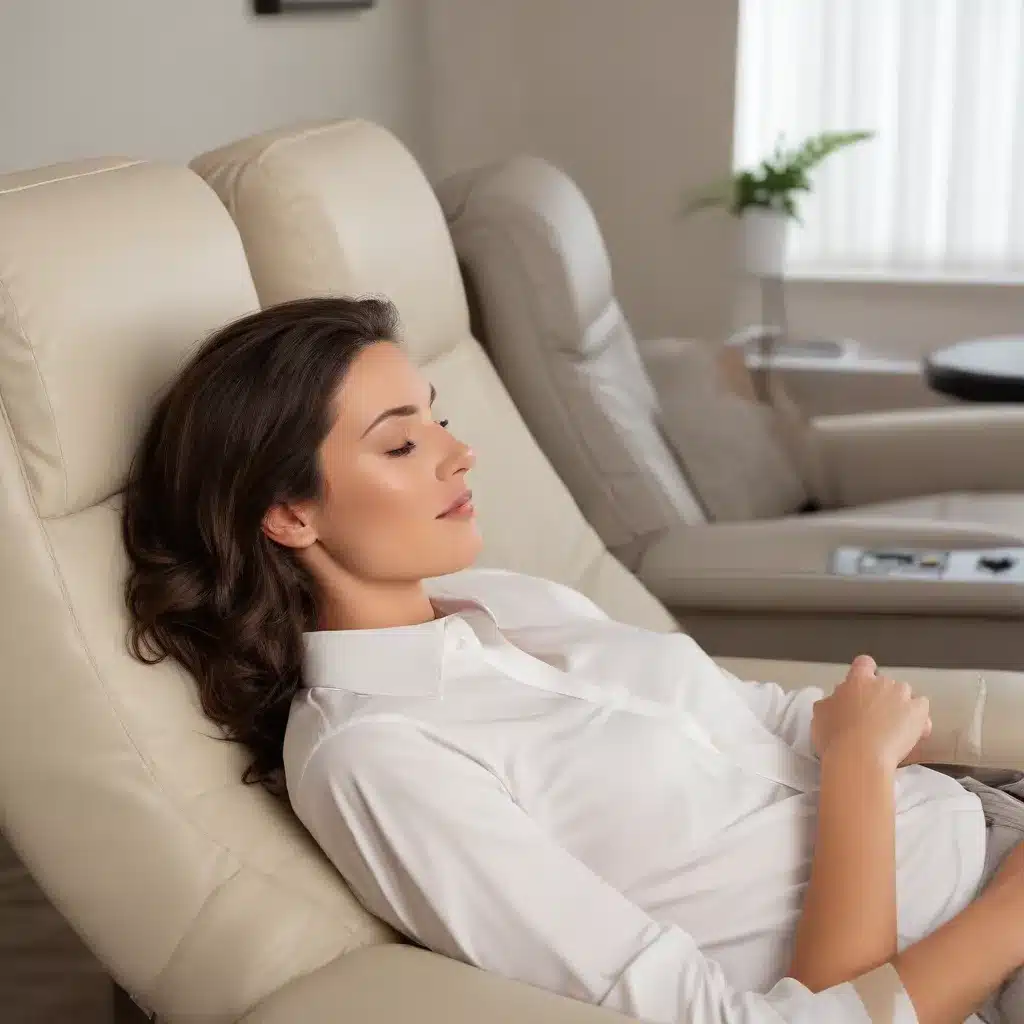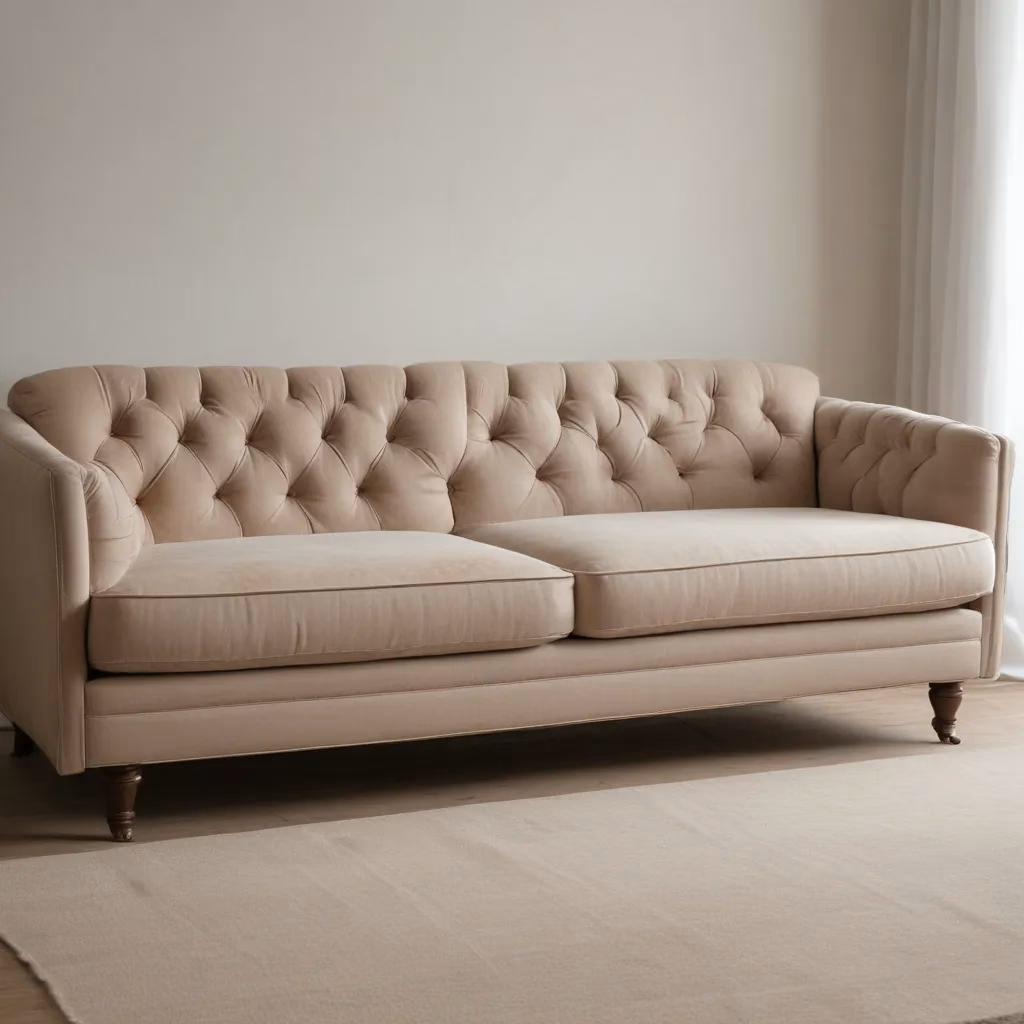
The Evolution of Sofa Design
As a furniture specialist with years of experience in the industry, I’ve witnessed firsthand the remarkable evolution of sofa design. Gone are the days when sofas were merely functional pieces of furniture. Today, they’re the centerpiece of our living spaces, embodying both style and comfort.
The modern sofa is a marvel of engineering and design. I’ve seen the industry shift from basic spring systems to advanced support technologies that provide unparalleled comfort. For instance, some manufacturers now use patented steel spring systems that offer superior durability and comfort. These springs are designed to maintain their shape and support over time, ensuring that your sofa remains comfortable for years to come.
But it’s not just about what’s inside. The exterior of sofas has undergone a transformation as well. We’re seeing a trend towards cleaner lines and more tailored looks. This shift reflects a broader movement in interior design towards minimalism and functionality. However, don’t mistake simplicity for lack of sophistication. These modern designs often incorporate innovative features that enhance both form and function.
Customization: The New Standard in Sofa Selection
One of the most exciting developments I’ve observed in recent years is the rise of customization in sofa manufacturing. It’s no longer about choosing from a limited range of pre-designed options. Today, consumers can tailor almost every aspect of their sofa to their specific needs and preferences.
I remember a time when ordering a custom sofa meant waiting for months. Now, thanks to advances in manufacturing technology, some companies can produce custom-made sofas in a fraction of that time. This rapid turnaround doesn’t compromise quality either. In fact, I’ve found that custom-made sofas often boast superior craftsmanship because they’re made to order with careful attention to detail.
The level of customization available today is truly remarkable. From the dimensions of the sofa to the type of filling in the cushions, every element can be personalized. I’ve worked with clients who’ve specified the exact height of their sofa arms to ensure perfect ergonomics when reading or watching TV. Others have chosen specific fabrics to complement their existing decor or to meet particular lifestyle needs, such as stain-resistant materials for homes with young children or pets.
The Science of Comfort: Beyond Springs and Cushions
When it comes to sofa comfort, there’s more science involved than you might think. I’ve been fascinated by the development of what some in the industry call “zero gravity” technology. This innovative approach to seating is designed to distribute your body weight evenly, creating a sensation of weightlessness.
The concept borrows from NASA technology used in space missions. By positioning your body in a specific way, these sofas can reduce pressure on your spine and improve circulation. I’ve tried these sofas myself, and the feeling is truly unique. It’s like floating on a cloud, with all the stress melting away from your muscles.
But comfort isn’t just about how you feel when you first sit down. It’s about maintaining that comfort over extended periods. That’s why I always advise my clients to consider the long-term performance of their sofa. Look for features like high-resilience foam that maintains its shape over time, or seat cushions with multiple layers of different densities to provide both softness and support.
Upholstery: The Unsung Hero of Sofa Design
In my years as a furniture specialist, I’ve come to appreciate the crucial role that upholstery plays in both the aesthetics and functionality of a sofa. The right fabric can elevate a simple design to a statement piece, while also providing practical benefits like durability and ease of cleaning.
I’ve seen a growing trend towards performance fabrics in recent years. These innovative materials are engineered to resist stains, repel water, and withstand heavy use without showing wear. They’re a game-changer for families with children or pets, or anyone who likes to entertain frequently.
But performance doesn’t mean sacrificing style. The range of textures, patterns, and colors available in these high-tech fabrics is astounding. I’ve worked with clients to create stunning sofas using fabrics that feel like luxurious velvet but can withstand spills and stains with ease.
For those who prefer a more natural look, leather remains a popular choice. However, today’s leather options go far beyond traditional full-grain hides. I’ve seen beautiful sofas upholstered in partially recycled leather that combines sustainability with style. There are also new treatments that make leather more resistant to scratches and fading, extending the life of your investment.
The Art of Sofa Placement
Selecting the perfect sofa is only half the battle. Knowing where and how to place it in your room can make all the difference in creating a comfortable and functional living space. Over the years, I’ve developed some tried-and-true strategies for sofa placement that I’m always eager to share with my clients.
First and foremost, consider the flow of traffic in your room. Your sofa should never obstruct natural pathways. I always recommend leaving at least 30 inches of walking space around the sofa. This not only makes movement easier but also helps the room feel more spacious.
When it comes to wall placement, don’t feel like you always have to push your sofa against a wall. In larger rooms, floating the sofa in the space can create a more intimate seating area. I often suggest using a console table behind a floating sofa to anchor it in the room and provide additional storage or display space.
For rooms with multiple focal points, such as a fireplace and a TV, consider using two sofas perpendicular to each other. This arrangement creates a conversational area while still allowing easy viewing of both focal points. I’ve used this setup in many clients’ homes with great success.
Maintenance: Keeping Your Sofa in Prime Condition
As someone who’s been in the furniture industry for years, I can’t stress enough the importance of proper sofa maintenance. A well-cared-for sofa can last for decades, retaining both its comfort and appearance.
Regular vacuuming is crucial, even if your sofa doesn’t look dirty. Dust and debris can work their way into the fabric, causing wear over time. I recommend vacuuming your sofa at least once a week, using the upholstery attachment and crevice tool to get into all the nooks and crannies.
For fabric sofas, consider having them professionally cleaned once a year. This deep cleaning can remove stubborn stains and refresh the fabric. If you’re dealing with a spill at home, remember to blot, not rub. Rubbing can work the stain deeper into the fabric and damage the fibers.
Leather sofas require a different approach. I advise my clients to wipe down their leather sofas with a slightly damp cloth weekly to remove dust. For conditioning, use a leather conditioner every six months to keep the leather supple and prevent cracking.
Don’t forget about the internal components of your sofa. If you have removable cushions, flip and rotate them regularly to ensure even wear. For sofas with reclining mechanisms, make sure to keep the tracks clear of debris to prevent jamming.
The Future of Sofa Design: What’s on the Horizon?
As someone who’s passionate about furniture design, I’m always looking ahead to what’s next in the world of sofas. From what I’ve seen at industry trade shows and in conversations with manufacturers, there are some exciting developments on the horizon.
One trend that’s gaining momentum is the integration of technology into sofas. I’m not just talking about built-in USB ports (although those are certainly useful). We’re seeing prototypes of sofas with embedded sensors that can adjust firmness based on your body temperature and position. Imagine a sofa that knows when you’re feeling tense and automatically shifts to a more supportive configuration.
Sustainability is another area where I expect to see significant innovation. Many manufacturers are already experimenting with eco-friendly materials, from recycled fabrics to sustainable wood frames. I predict we’ll see more sofas designed with circularity in mind, made to be easily disassembled and recycled at the end of their lifecycle.
In terms of aesthetics, I’m noticing a shift towards more organic shapes and curves. After years of boxy, mid-century inspired designs dominating the market, sofas with softer, more rounded forms are making a comeback. These designs often incorporate modular elements, allowing for flexible seating arrangements that can adapt to different needs and spaces.
Making the Right Choice: Tips for Sofa Shopping
After years of helping clients find their perfect sofa, I’ve developed a set of guidelines that I believe can help anyone make the right choice. Here are some of my top tips:
-
Measure, measure, measure: Before you even start looking at sofas, measure your space carefully. Don’t forget to measure doorways and stairwells to ensure your new sofa can actually make it into your home.
-
Consider your lifestyle: Are you a family with young children? Do you have pets? Do you entertain frequently? Your answers to these questions should guide your choice of style and upholstery.
-
Test it out: Never buy a sofa without sitting on it first. If possible, spend at least 10 minutes sitting in different positions to get a true feel for the comfort level.
-
Look beyond the surface: Ask about the frame construction and suspension system. A quality sofa should have a hardwood frame and a robust support system, whether that’s sinuous springs, eight-way hand-tied springs, or a high-performance webbing system.
-
Think long-term: A good sofa is an investment. Consider choosing a neutral color for the main upholstery and using accent pillows to add pops of color. This approach allows you to update your look without replacing the entire sofa.
-
Don’t forget about maintenance: Ask about care instructions before you buy. Some fabrics require professional cleaning, which can add to the long-term cost of ownership.
Remember, the perfect sofa is out there. It might take some time and effort to find it, but it’s worth the investment. After all, your sofa is where you’ll spend countless hours relaxing, entertaining, and making memories.
For more expert advice on sofa selection and care, visit Sofa Spectacular. We’re here to help you find the perfect sofa for your home and lifestyle.



